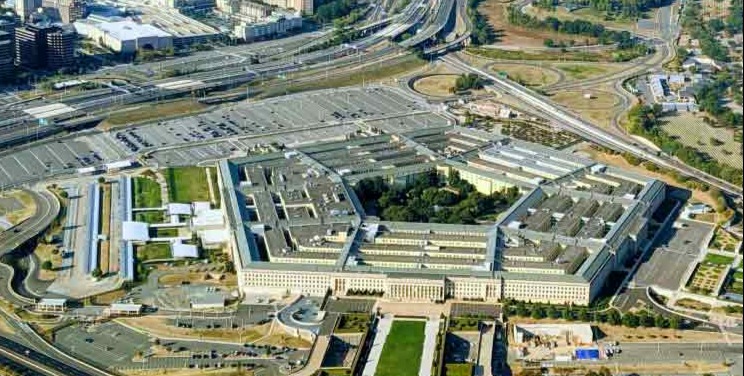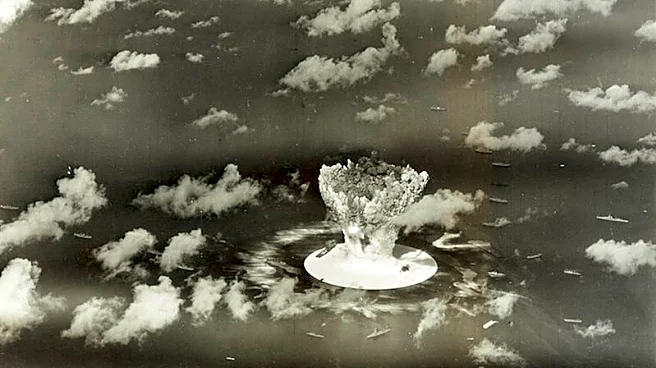What's Happening?
On July 30, 2025, a series of large earthquakes struck off the east coast of Russia, with the initial quake measuring 8.7 in magnitude. The epicenter was located 133 km southeast of Petropavlovsk-Kamchatsky.
Several aftershocks followed, with magnitudes ranging from 5.5 to 6.9. The earthquake has resulted in a high risk of tsunami occurrence across several countries, including Russia, Japan, the United States (Hawaii), and other Pacific nations. Local authorities have issued evacuation orders and are advising residents to follow safety protocols.
Why It's Important?
The earthquake and subsequent tsunami risk highlight the vulnerability of Pacific nations to seismic events. Coastal communities face potential threats to life, property, and economic stability. The event underscores the importance of international cooperation in disaster preparedness and response. It also emphasizes the need for effective communication and coordination among emergency services to minimize the impact of natural disasters.
What's Next?
Authorities in affected areas are actively monitoring the situation and have issued evacuation orders where necessary. Emergency services are prepared to assist with evacuations and provide support to affected communities. The international community may offer assistance and resources to aid in recovery efforts. Ongoing assessments will determine the extent of the impact and guide future preparedness strategies.
Beyond the Headlines
The earthquake may lead to increased focus on improving seismic monitoring and early warning systems. It could also prompt discussions on enhancing infrastructure resilience and disaster management policies. The event serves as a reminder of the importance of community preparedness and the role of government agencies in safeguarding public safety.












